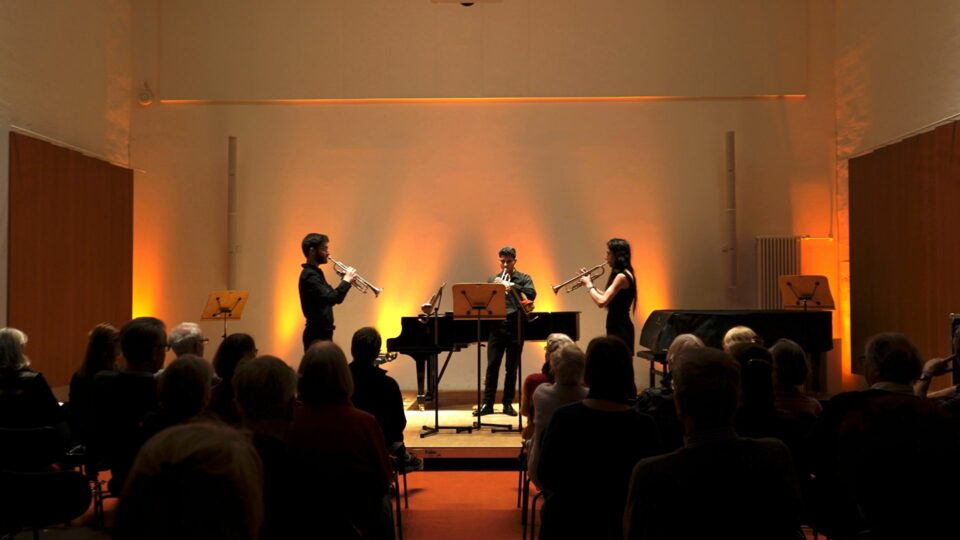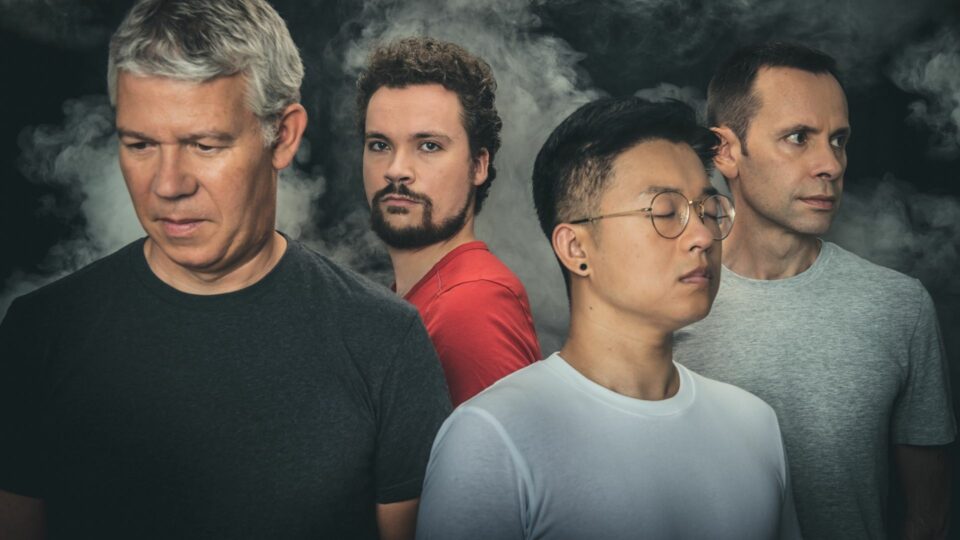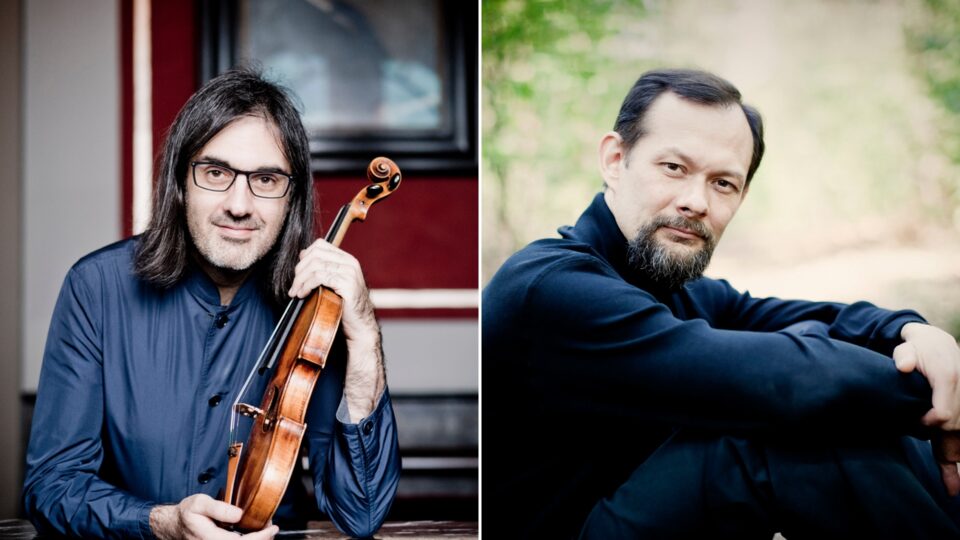
Oud
Violin
Ney
Qanun
Double Bass
Violoncello
Percussion
Flute
Piano
The origins of the Arabic takht reach back all the way to the 8th century. Originally designating the wooden platform that used to serve as the stage for the musicians, the term has come to refer to the classical ensemble of Arabic music—consisting of singer, oud, flute, qanun, and various percussion instruments—that has been adopted and developed over the centuries in multiple musical traditions across the Middle East and Northern Africa. This combination of musicians, which has inspired creative exchange to this day, is at the center of the 2022–23 season’s Arabic Music Days curated by Naseer Shamma. In four concerts, artists from Syria, Lebanon, and Morocco present traditional and contemporary takes on the concept of the takht.
To close the Arabic Music Days, Naseer Shamma takes the stage himself together with the Oyoun Ensemble.
The program also includes a range of digital content available on the new platform Pierre Boulez Saal Online, such as an exhibition of works by visual artist Nja Mahdaoui (Tunesia), readings by poets Basim Alansar (Iraq) and Ghayath Al Madhoun (Palestine), and the Oscar-nominated film The Man Who Sold His Skin by Tunesian filmmaker Kaouther Ben Hania. All four concerts will also be available for live streaming.
INTERVIEW TO NASEER SHAMMA
NJA MAHDAOUI MEETS NASEER SHAMMA
LIVE ONLINE
The concert will be video livestreamed on Pierre Boulez Saal Online, where it will be published for listening at a later date.




